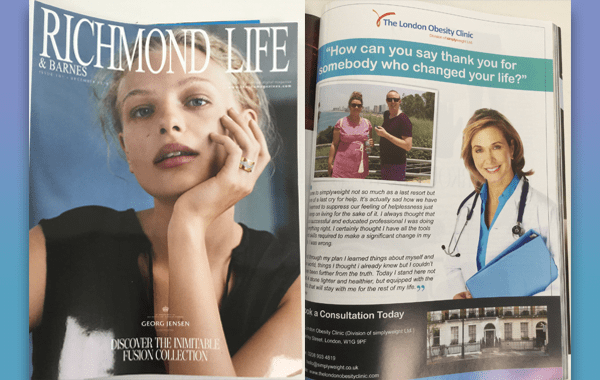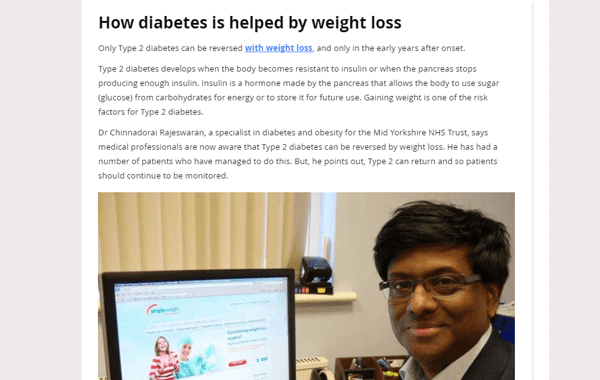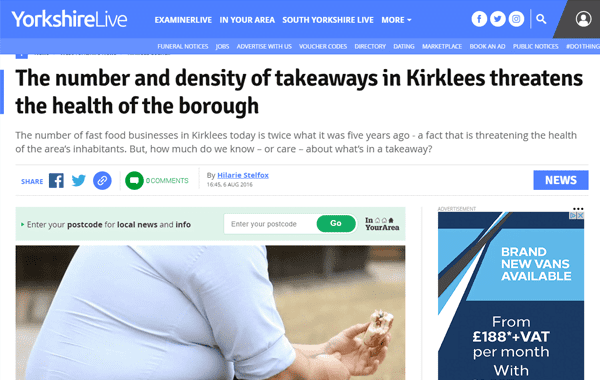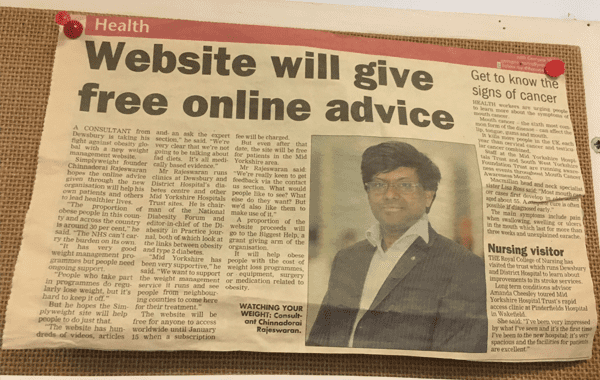Diabetes management is a 24/7 activity with important decisions to make, taking action and left often with unsatisfactory and unexpected outcomes. Emotional distress results from living with Diabetes. Studies show that at least 1 in 4 people with type 1 and 2 diabetes experience diabetes distress and this affects their management negatively.
Let us understand in this blog what diabetes distress is and how to overcome it.
What is diabetes distress?
An emotional response and a burden of constant self-management and long-term complications lead to diabetes distress.
Diabetes distress can also arise due to social impacts like stigma, discrimination or people’s unhelpful reactions and understanding and financial implications. These emotions can fluctuate from time to time and during challenging periods it can peak. These peaks of emotional distress can be caused due to stress added to the burden of management. Those with type 2 diabetes are more likely to have this problem.
People who are at risk:
- Compared to men, women are more likely to have diabetes distress.
- Younger people in middle age are more prone to suffer from it.
- It can also be developed due to other conditions like hyperglycaemia or complications.
Signs and symptoms of diabetes distress
- Feeling irritated and disappointed about the way diabetes is being managed.
- Can sometimes worry about not taking proper care or not being motivated to change.
- Avoiding appointments and not checking your blood sugar levels.
- Consuming unhealthy food.
- Feeling isolated and alone.
- Distress and depression
Emotional symptoms experienced in diabetes distress overlap with medically recognised mental health conditions like depression. Despite their similarities, the two conditions are distinct and call for different care and evaluation.
A response to a diabetes diagnosis is known as diabetes distress. Diabetes distress is not a mental illness, it is described as an emotional response to living and managing diabetes. Depression is how people feel about their life.
Feeling blue or down is often referred to as clinical depression. It can be diagnosed with certain symptoms but it is hard to differentiate between emotional reactions to stressful situations and clinical depression.
Development of screening tools which not only ask about emotions but also problems faced by people with diabetes like lack of support from close ones and healthcare providers. It records a person’s experience.
If left untreated, minor diabetes distress frequently persists and might progress to depression or severe distress.
What is diabetes burnout?
Diabetes burnout is the term used to describe the physical or emotional tiredness brought on by ongoing diabetes misery. It is characterised as a sense of helplessness and detachment from diabetes management.
Signs of burnout are:
- May stop caring for the management of diabetes like skipping insulin doses.
- Eating too much and not adhering to a nutritious diet plan.
- Not going for appointments regularly.
Depression, anxiety, and diabetes burnout can coexist. People with diabetes burnout often feel they are not able to engage with proper diabetes care, fear of developing long-term complications is caused by disengagement due to diabetes burnout. To avoid diabetes burnout, it’s critical to routinely assess diabetes distress.
Assessment tools
Problem Areas in Diabetes (PAID)
A standardised evaluation instrument for people with type 1 diabetes. It covers overall distress across all sources and contains 20 items on the scale. Its cut-off point is ≥ 40.
Diabetes Distress Scale (DDS)
It is standardised with adults with type 2 diabetes, focusing exclusively on overall diabetes distress score. Contains 17 items each with 6 point Likert scale. It is also rated on four subscales: Emotional burden, regimen, physician, and interpersonal. Additionally, it is available in several different languages.
Type 1 diabetes distress scale
Exclusively standardised with adults with type 1 diabetes. Has 28 items on the scale with 7 additional subscale scores which address common sources of diabetes distress. Also available in multiple languages.
Strategies to consider in distress intervention
- Regularly assess diabetes distress. You can use the assessment tools.
- Focus on beliefs, feelings and expectations. Acknowledge and label the feelings. You can use double reflections and normalise everything. Lastly, summarise and reflect frequently.
- Understand and gain perspective. By offering assistance, you can draw attention to and spot incorrect assumptions and irrational expectations.
- Develop a suitable plan. The plan should focus on how to manage the feelings. It should be focused, easy to achieve, should focus on small changes first and time-limited.
- Regular follow-up. Follow-ups at 2-week intervals.
How to overcome diabetes distress?
Give attention to the feeling
Managing diabetes can make you feel overwhelmed. Sometimes you may feel frustrated or stressed from time to time. You may need help when these feelings last more than a week.
Healthcare support
Talk to your healthcare provider about your feelings. They can provide solutions or help with your concerns related to managing diabetes. Your doctor can refer you to a psychologist or diabetes educator for support.
Mixed reactions
Be open with your healthcare provider about the reactions you get from others regarding diabetes. It is important not to feel judged and you don’t have to hide your diabetes from other people.
Financial help
If the cost of covering all the expenses related to managing diabetes is stressing you, ask for help. There are many programs which can help with covering medical costs, check with community health centres for those programs.
Stay close to family
Surround yourself with close friends and family and talk to them about how you feel. Speaking with them may help you relax, and they may also be able to provide answers. They can help you take care by giving medications timely, monitoring sugar levels and preparing healthy meals.
Join support groups
Find a support group who are going through the same thing. By talking to them you can learn more about how to effectively manage diabetes. You may also feel less lonely when you have people going through the same feelings.
Focus on one thing
It can be overwhelming to manage your diabetes. You can make a list of things you want to do each day and start by doing the first in the list. Take it slowly and do one thing at a time, work each task separately.
Follow regular exercise
Slowly increase your physical activity every day. You can start with a 10-minute walk, three times a day of the week and slowly increase.
Take it slow and enjoy
Don’t force yourself. Take your time and do something you will enjoy and like.
Diabetes distress represents a significant challenge in diabetes care. Understanding its manifestations, impact and evidence-based interventions is important for healthcare providers. Regular screening and appropriate interventions can significantly improve outcomes for individuals with diabetes.
Kripa N,
Senior Clinical Dietitian, Simplyweight













